History of Old Money Style: Exploring Its Roots and Timeless Appeal
Old money style represents a complicated, timeless aesthetic that exudes understated luxury and refined elegance. It is an image of the lifestyle and fashion of people who are part of the wealth and sophistication of generations beyond. This article will discover the roots of the old money style, its cultural effect, and cutting-edge variation.
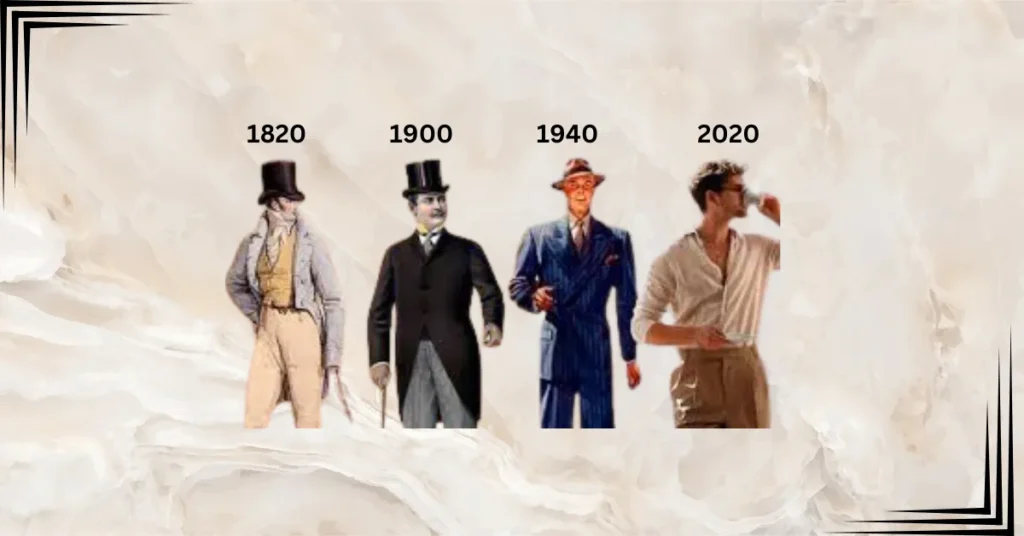
The Origins of Old Money Style
Old money fashion originates from European aristocrats who expressed their social reputation and refinement through their way of life and clothing. Just like old money lifestyle tips it is an important part of this aesthetics.
Aristocratic influences and European elegance
The most significant influence on old-money fashion is the European aristocracy. During the Medieval and Renaissance eras, noble families integrated high-quality fabrics and intricate tailoring. This aesthetic became even more delicate in Victorian and Edwardian times when formal gowns and impeccably tailored fits were not unusual.
The influence of the old money style was not always limited to fashion; it extended to the way of life and etiquette. Old-money households aimed to promote understated and dignified beauty, which remains an imperative part of this aesthetic.
The Evolution of the history old money style over a long time
The old money style developed over time but retained its fundamental values. In the 1920s, Flapper dresses and pearls ruled ladies’ fashion, while tailored 3-piece suits had been iconic for guys. In the 1950s, icons like Jackie Kennedy and Charm Kelly made style even more well-known.
In the 1960s and 1970s, minimalism and beauty were key elements of this aesthetic. Nowadays, this style blends its conventional skills with modern dispositions.
How Vintage Fashion Defined the Old Money Style
Vintage fashion is a central element of old-money fashion. Individuals who follow this aesthetic include timeless pieces from a long time in their wardrobe. Staples like pleated skirts, excessive-waisted trousers, trench coats, and silk blouses are should-haves of this aesthetic.
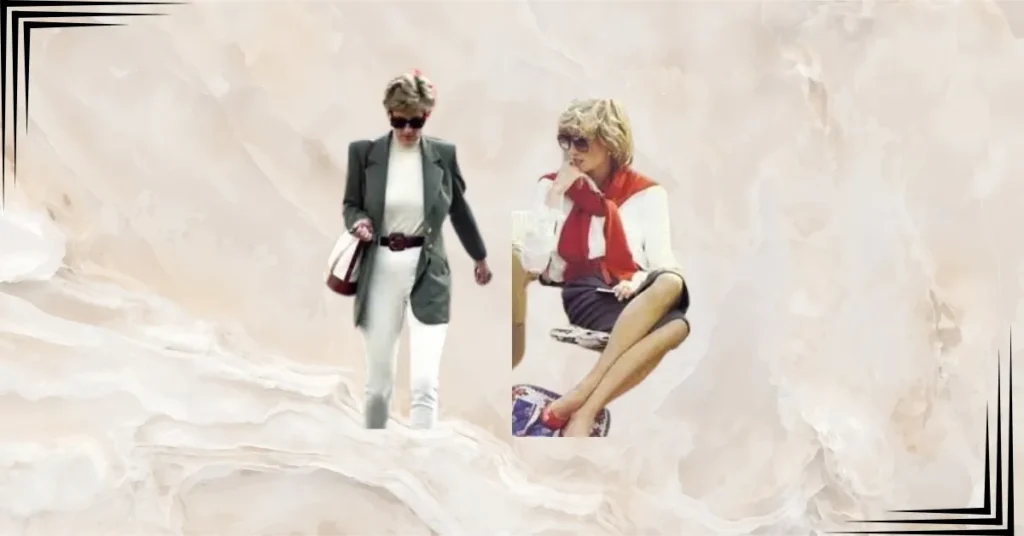
Key Characteristics of Old Money Style
Minimalism and Elegance
The most outstanding characteristic of the old money aesthetic is its minimalism. This aesthetic rejects flashy, over-the-pinnacle factors and specializes in a straightforward, easy, and polished appearance.
High-Quality Fabrics and Tailoring
This style continually prefers fabric, including wool, cashmere, and silk. Tailoring is its backbone, and perfect suits and seamless designs are its hallmarks.
Neutral Color Palettes and Classic Cuts
Impartial tones play a chief role inside the old money wardrobe. Colorings, including beige, white, army, and grey, create an undying complex appearance. Conventional cuts, A-line skirts, and single-breasted blazers raise this aesthetic even more.
Cultural Impact of Old Money Aesthetic
Its Role in Pop Culture and Media
The old-money aesthetic has always been glamorized in pop culture. TV shows like Gossip Girl and films like The Great Gatsby have brought this trend to younger generations. These productions highlighted the elite and privileged lifestyle that is the center essence of old money.
Critiques of Classism and Exclusivity in Old Money Style
This aesthetic is likewise considered old money, a symbol of exclusivity and classism. Critics say that the old money style is obtainable only to people from affluent backgrounds. This complaint is valid; however, this aesthetic is exploring new dimensions of accessibility and affordability.
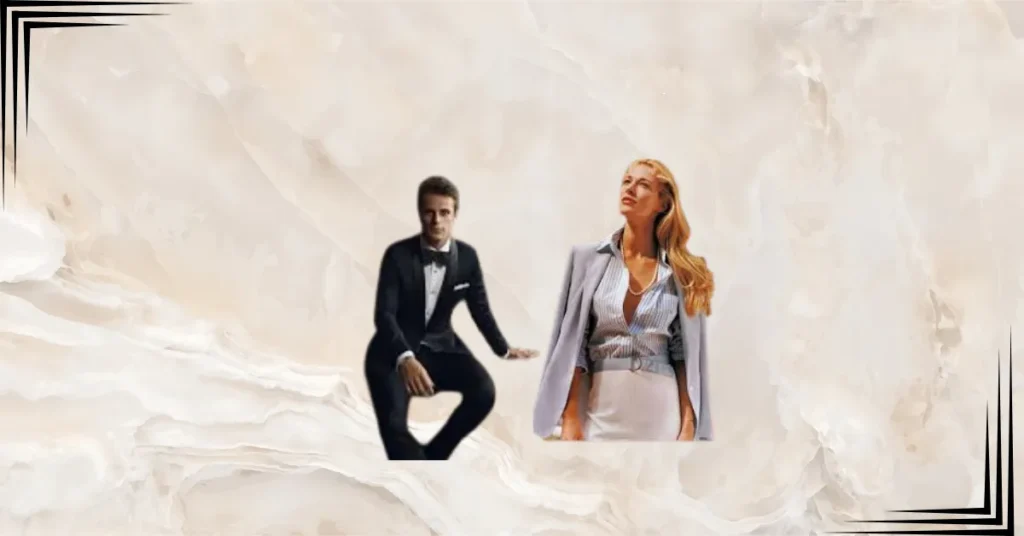
Modern Interpretations of Old Money Style
The magic of the old-money Aesthetic isn’t always reserved for older generations. Nowadays, both luxurious brands and affordable alternatives have adopted this fashion.
Iconic Brands and Designers Embracing the Trend
Iconic manufacturers like Ralph Lauren, Chanel, and Hermès are redefining this fashion. Those manufacturers maintain traditional elegance while incorporating modern sensibilities.
Affordable Alternatives to Achieve the Look
Low-priced manufacturers like Mango, Zara, and Uniqlo have started imparting old-money fashion-inspired pieces. People can choose classic blazers, pleated skirts, and neutral-toned clothing from these stores, which are precise examples of money aesthetics.
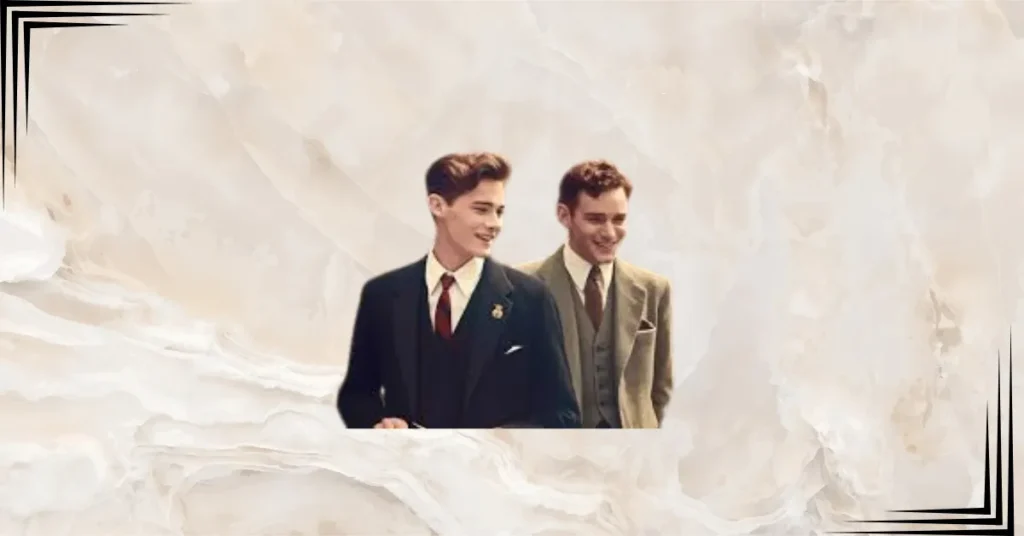
Building the Old Money Wardrobe
Developing a proper old money cloth cabinet requires timeless and versatile portions.
Investment Pieces for a Timeless Look
Investment pieces, including trench coats, tailored blazers, and leather loafers, are essential to each old money dresser. Those items are not the handiest practical, but they are also timeless.
Accessorizing with Subtlety
Subtlety is prime about add-ons. Pearls, gold watches, and minimalist handbags are indispensable parts of the culture. These items exude understated sophistication.
The Return of Old Money Style to Runways and Fashion Trends
Recent Revivals in the Fashion Industry
The old-money aesthetic has revived in recent years at fashion shows and on runways. Designers are introducing this undying fashion in new approaches through impartial palettes and vintage-inspired cuts.
Seasonal Adaptations of the Style
Old money style is adaptable for each season. Breathable fabric and pastel tones are famous for summer, while cashmere coats and woolen scarves are ideal for winters.
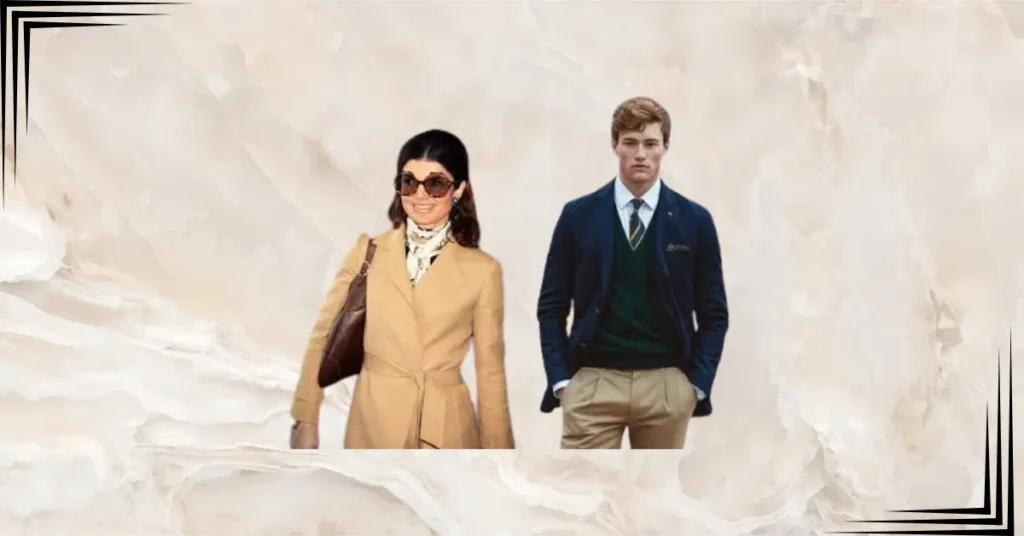
How to Incorporate Old Money Style into Modern Wear
Incorporating old-money fashion into your everyday life is no longer challenging. Through simple and complicated choices, you can become part of this aesthetic.
Everyday Outfits Inspired by Aesthetic
Tailored trousers, crisp white shirts, and loafers are high-quality alternatives to regular outfits. These outfits can be paired with muted add-ons to gain effortless beauty.
Conclusion
Old money aesthetic isn’t only a style trend but an image of an attitude and way of life. They teach us that refinement and elegance can be performed without flashy appearances. Even today, this fashion inspires us with its timeless and sophisticated charm.
Be part of the old-money fashion and beautify your wardrobe with undying beauty!
FAQs
1. what’s old money style?
Old money fashion is a timeless and complicated aesthetic specializing in understated luxuries, minimalism, and refinement. It’s inspired by the lifestyle and style of people with generational wealth who prefer elegance over flashy tendencies.
2. What are the essential traits of the old money style?
Key traits of old money fashion include
- Minimalism and beauty: recognition of clean lines and easy designs.
- Fabric: Use premium substances along with cashmere, silk, and tweed.
- Impartial shade Palettes: Use timeless beige, white, and army sun shades.
- Conventional Cuts: Suit tailors constantly appear elegant.
3. What effect has old money fashion had on modern style?
Old money incorporates these ideas into fashion, stimulating contemporary fashion to prioritize timeless designs, materials, and understated elegance. Ultra-modern designers and brands also incorporate these ideas into their creations.
4. How can an antique money fashion dresser be built?
To create an old money-style cloth cabinet, pieces are recognized, including timeless and flexible pieces such as blazers, trench coats, and neutral-toned shirts. In add-ons, use se and stylish selections, including pearls and gold watches, are used.
5. Is the old money style suitable for every season?
Sure, old-money fashion is adaptable to every season. For summer, opt for mild fabrics and pastel tones, while cashmere sweaters and wool coats are perfect for winter. This fashion affords elegance and luxury for every season.

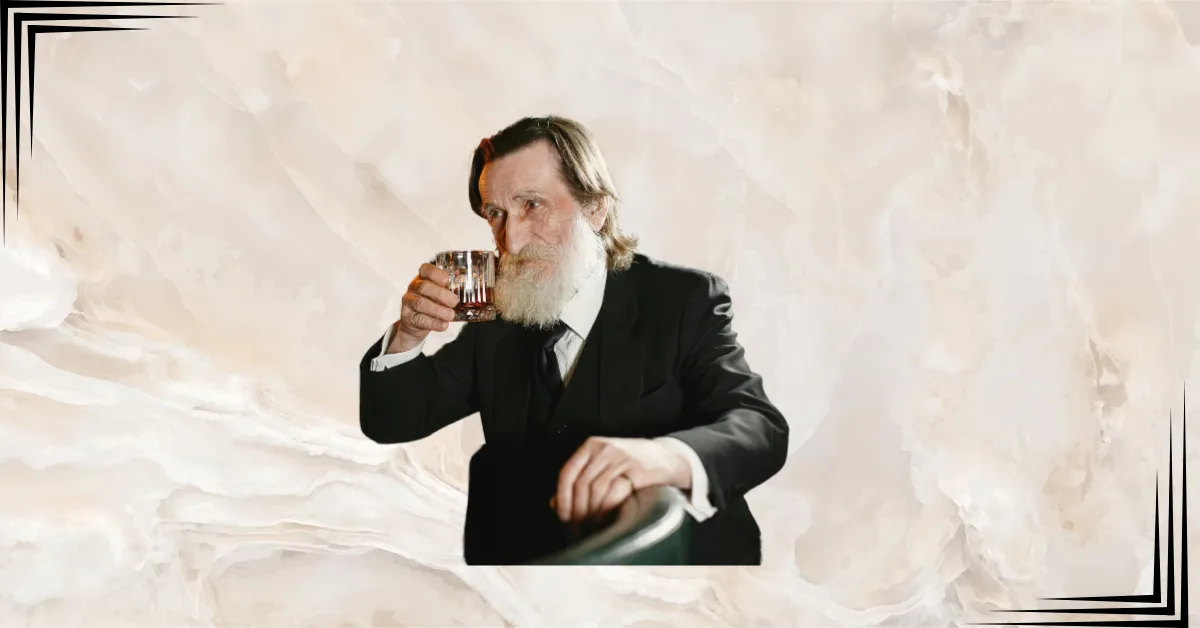

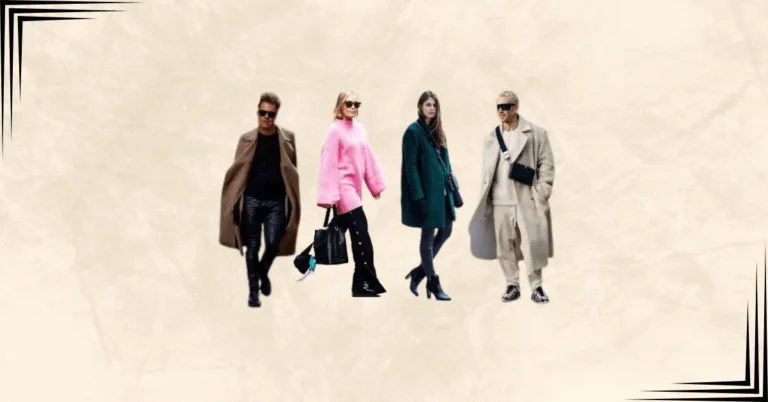
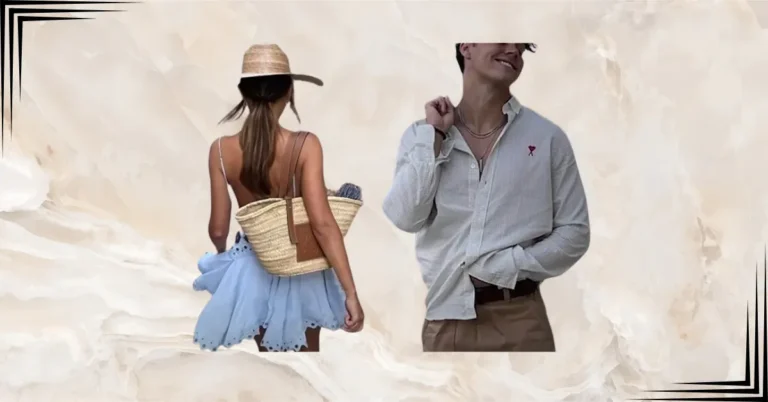
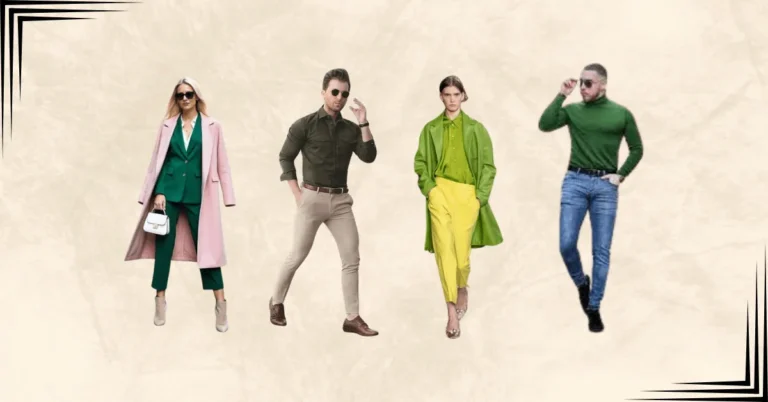
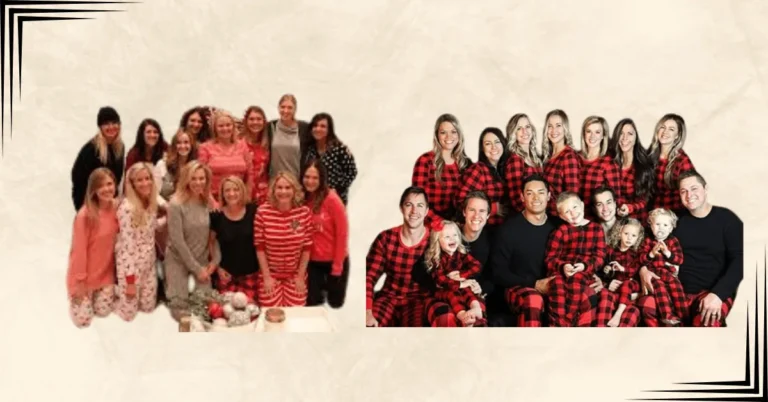
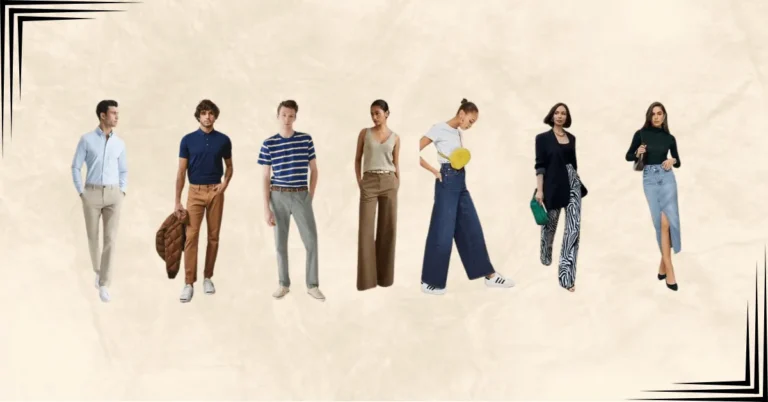
https://xmc.pl